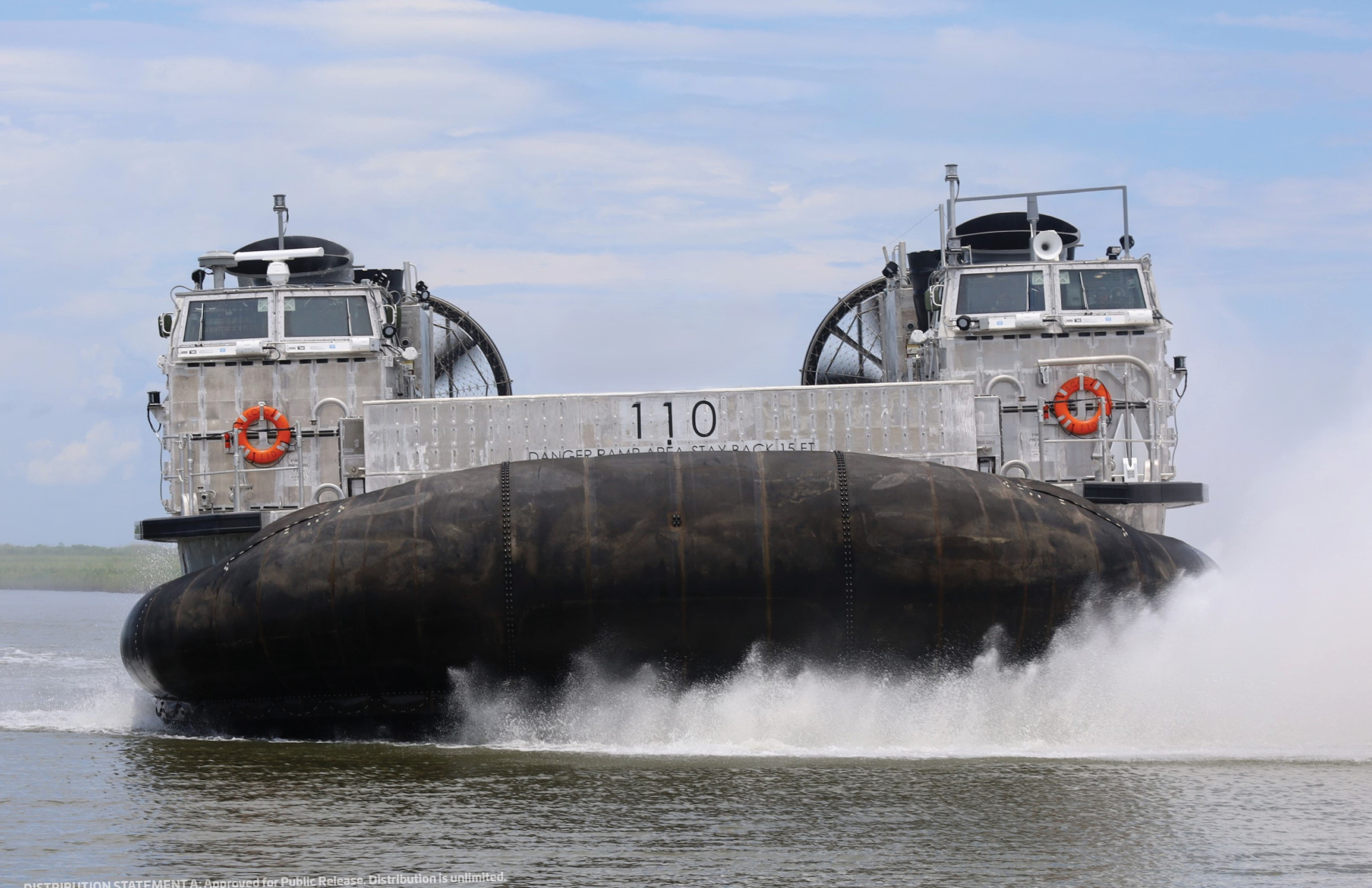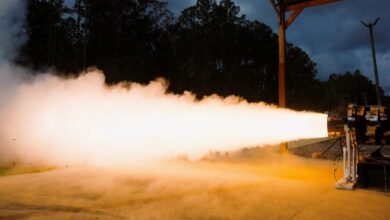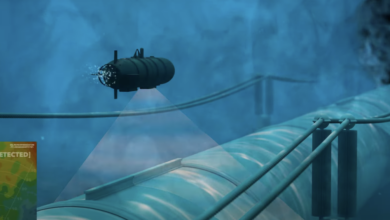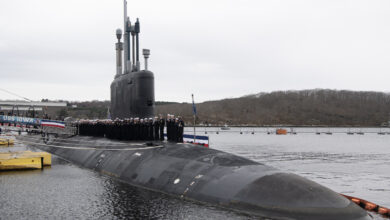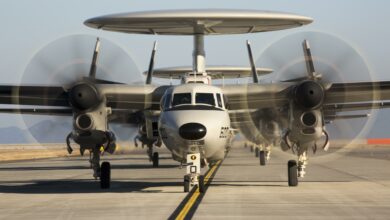Textron Systems has delivered the US Navy’s latest Ship-to-Shore Connector vessel as part of the service’s ongoing Landing Craft Air Cushion (LCAC) modernization program.
The LCAC 110’s arrival follows the completion of its acceptance trials under the naval inspection and survey authority, which validated the hovercraft’s capability and readiness.
Once operational, the ship will be used for amphibious troop landing and deployment as well as logistical support.
“This new craft will provide the Navy and Marine Corps team with unparalleled capability in amphibious warfare, ensuring we remain agile and responsive to emerging threats and global challenges,” US Navy Amphibious Assault and Connectors Programs Manager Capt. Jason Grabelle stated.
“The introduction of LCAC 110 into our fleet marks a significant milestone in our ongoing efforts to maintain and enhance operational readiness.”
Upgrading LCAC Fleet
The navy’s Ship-to-Shore Connector expansion effort is part of the US Department of Defense’s objective to replace the country’s older LCACs, operational since the late 1980s.
The new platforms have improved functions, faster transport features, and modern weapon systems.

Textron accepted the initial $213-million contract in 2012 to initiate the Ship-to-Shore Connector production at its center in New Orleans, Louisiana.
In 2020, the firm received a follow-on agreement to manufacture 15 additional vessels for the program.
Currently, Textron is engaged in the serial production of LCAC 111 to 123.
The Ship-to-Shore Connector
The US Navy’s Ship-to-Shore Connector measures 92 feet (28 meters) and has a 48-foot (14.6-meter) beam.
It is operated by a crew of four, including a pilot, co-pilot, loadmaster, and engineer, while its 1,608-square-foot (149 square meters) deck can accommodate up to 74 tons of payload.
The hovercraft is powered by four Rolls-Royce MT7 gas turbines that are derivatives of engines installed in Bell V-22 Osprey tiltrotor aircraft for a top speed of 35 knots (65 kilometers/40 miles per hour).
The boat can be armed with naval gun mounts, machine guns, and grenade launchers,

